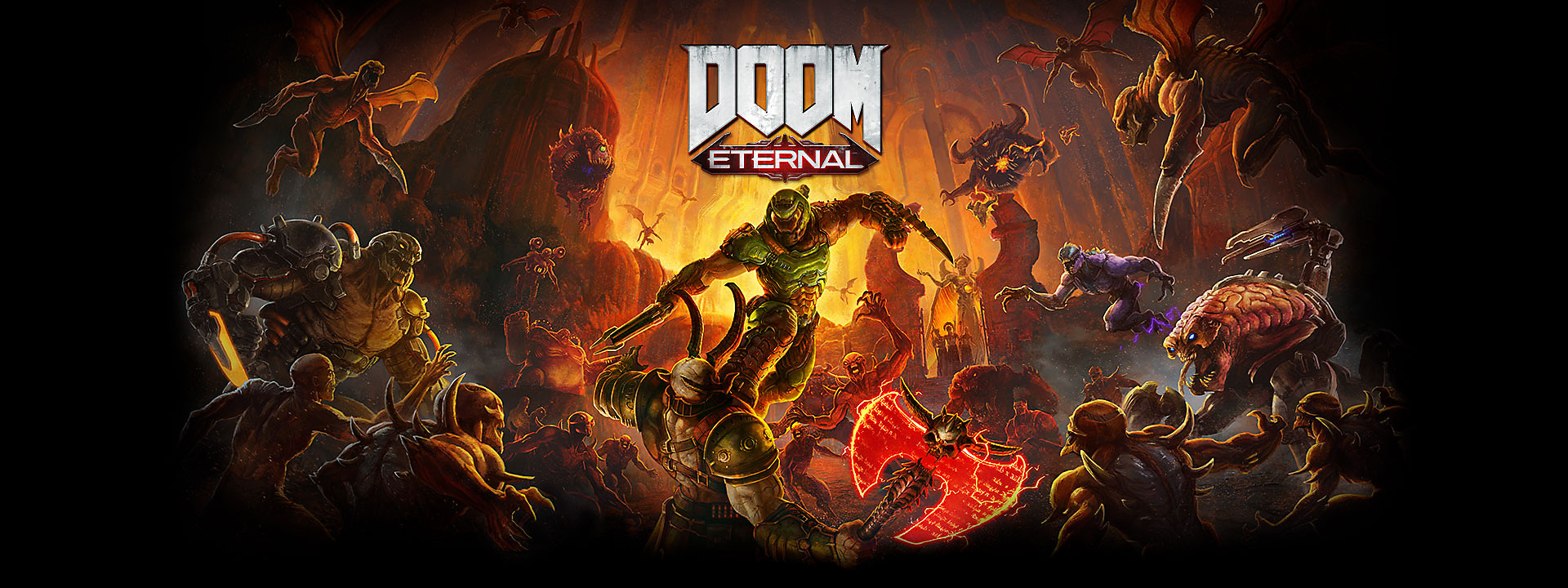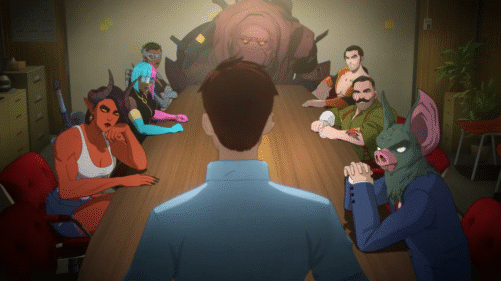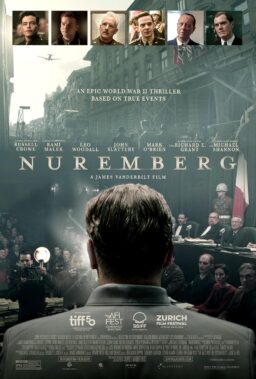It’s hard to say a game that’s as violent and intense as the excellent “Doom Eternal” should be used as an escape, but it’s visceral approach to the First-Person Shooter has been exactly that for millions in the last two weeks. As the world shut down due to COVID-19, gamers jumped into the suit of the Doom Slayer, the one being who can save the planet from the demons of Hell in the highly-acclaimed sequel to Bethesda’s brilliant 2016 reboot of one of the most influential franchises of all time. Here at RogerEbert.com, we’ve tried to analyze the intersection of video games and narrative entertainment like film and TV. For games like “Uncharted” or “The Last of Us,” the connection is obvious—they use screenwriting and visual composition techniques directly inspired by film history. And then there are the franchises in which the games and film world intertwine like the “Resident Evil” series. For “Doom Eternal,” it’s not so much where games and film intertwine but where games and heavy metal album covers from the ‘80s intertwine. It’s a hellscape of nightmarish demons come to life, inspired more by Megadeth and H.P. Lovecraft than Steven Spielberg. And it’s a blast.
First, a little history. The first “Doom” was released for PCs back in 1993 and became one of the most important games of its era. For many people, myself included, this franchise was the introduction to multi-player gaming. I spent more time playing “Doom” games in college than I should have for my GPA. And it was often someone else in my dorm suite that I was killing. These games revolutionized their genre with their intense gameplay and the incredible ability to mod the worlds within the game. It’s one of the most formative games in terms of how this art form became a shared experience creatively and competitively. The amazing “Doom II” followed in 1994 and then the series moved to console with “Doom 64” in 1997. “Doom 3” was a huge event in 2004 and there was even a “Doom” movie in 2005 with Dwayne Johnson, Karl Urban, and Rosamund Pike. It’s mostly horrible, but it does have a fun sequence at the end that recreates the FPS breakthrough for which this franchise is known.

There were remasters and ports in the years between the movie and the reboot, but the next major event in the world of “Doom” wouldn’t come until 2016 when “Doom” made its current-gen console debut with a huge critical and commercial hit. With intense gameplay and great level design, “Doom” was an unforgettable experience, and gamers counted the days for a follow-up. No one could have predicted that a game about the end of the world would come during such a crisis, but here’s “Doom Eternal,” an incredibly addictive and intense game that doesn’t hold your hand and demands you bring all your FPS skills to the hellscape.
You once again play a warrior called the Doom Slayer, the only hope for humanity, and the story picks up two years after the end of the last game. The Earth has been completely decimated by demonic forces, many of them modern variations on creatures from the original ‘90s hits. The Doom Slayer now has a fortress in the sky, a base from which to travel to Earth on missions to close the portal to Hell and save humanity. He has to find and kill creatures called Hell Priests, the beings needed by a master called the Khan Maykr, who is running this whole demonic empire.

That’s about it. Story definitely takes a back seat to intense, non-stop action. You can rarely catch your breath in “Doom Eternal,” a game that is constantly throwing new enemies at you and giving you new tools with which to dispatch them. There’s an immediate strategy aspect to “Doom Eternal” that’s incredibly addictive once you master it. Different approaches to combat like melee vs. gunfire produce different results. Meaning if you need health or ammo, you have to instantly adjust your approach. The standard FPS works on a point-and-shoot dynamic, but one of the elements that elevates “Doom Eternal” is how much the combat of the game integrates a strategic part of your brain at the same time. Different weapons with different mods produce different results on different enemies. It’s not as simple as grabbing a gun and aiming and firing. You will not beat this game with that approach. And yet it’s all happening at 100MPH—running, gunning, modding, swapping, dying over and over and over again.
The result of all this non-stop intensity is remarkably cathartic in a world where we are deluged by bad news on a daily basis. “Doom Eternal” works because its adrenaline-producing speed doesn’t allow for anything but your direct concentration. Everything else, even in the era of a pandemic, fades away. Your mind can’t wander. You can’t think about the real world. There are demons to kill.
Doom Eternal is available now on PC, PS4, and XOne.












